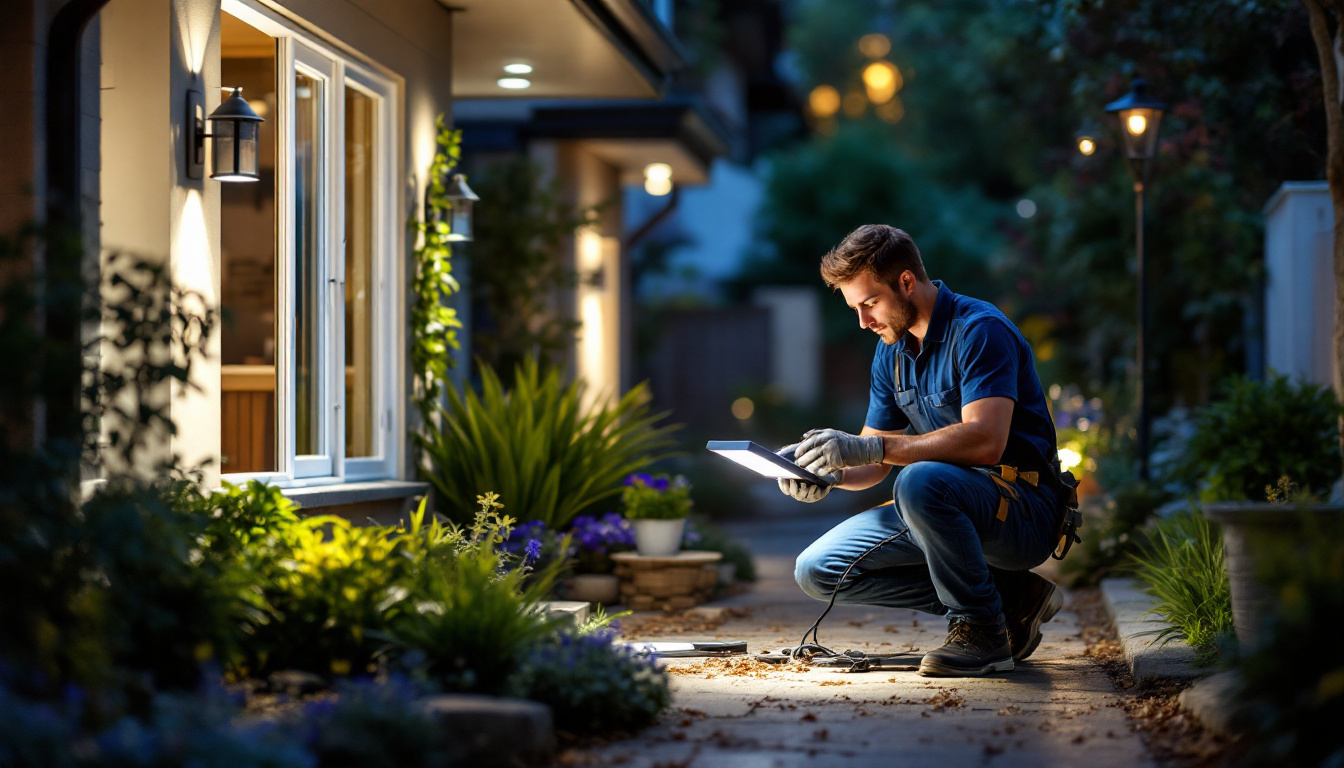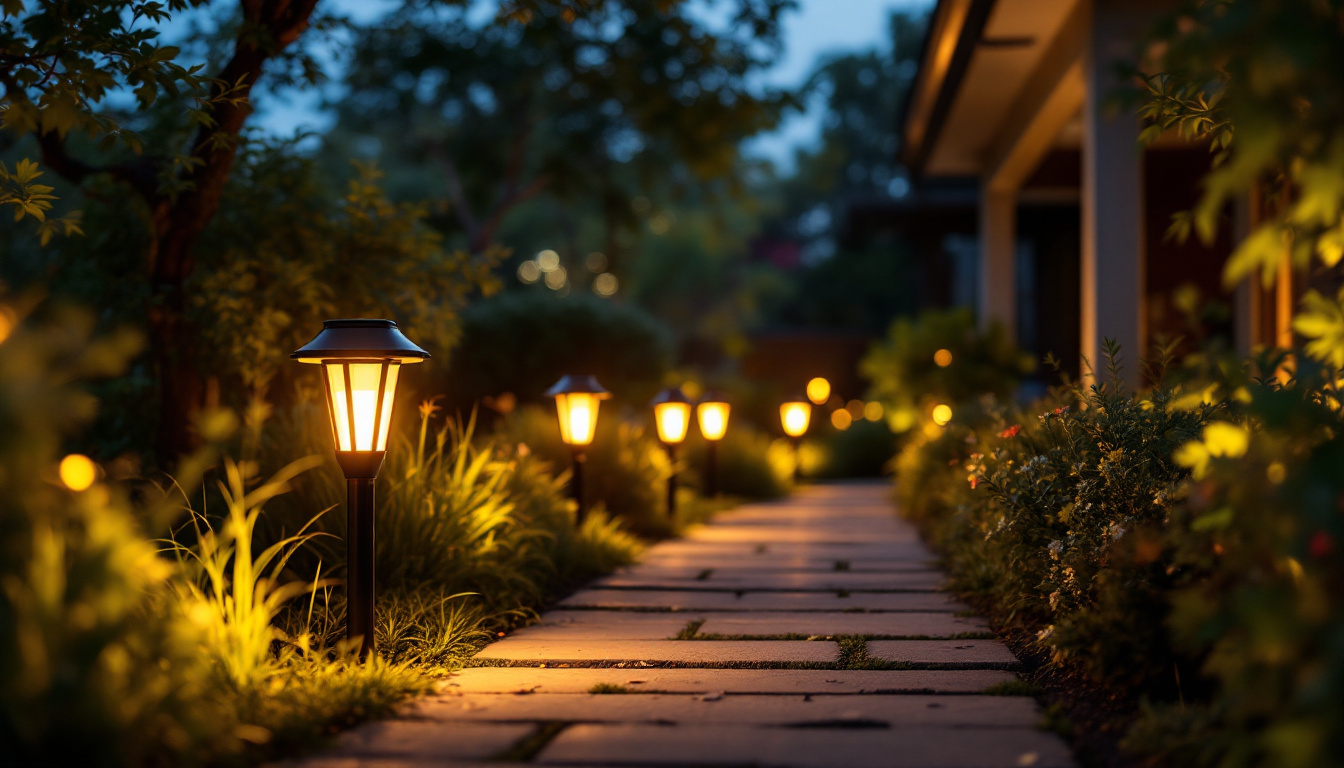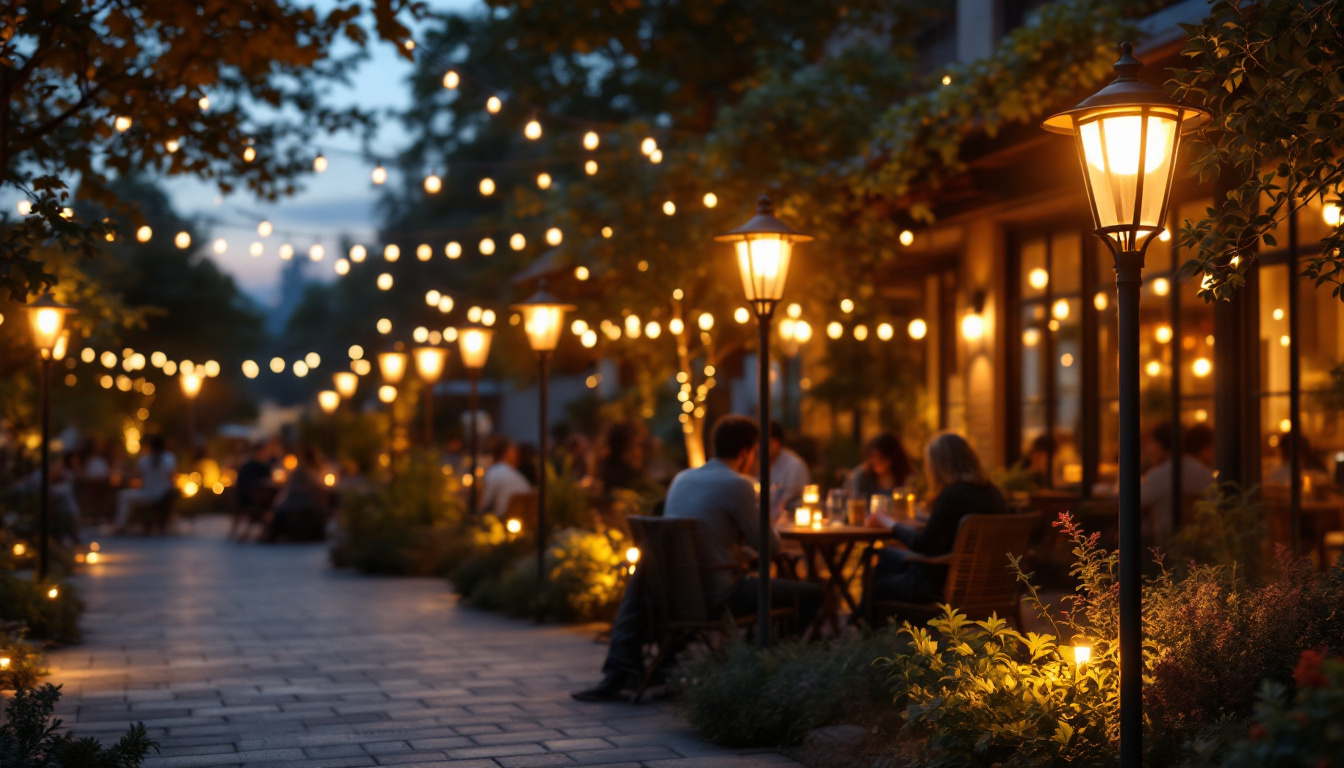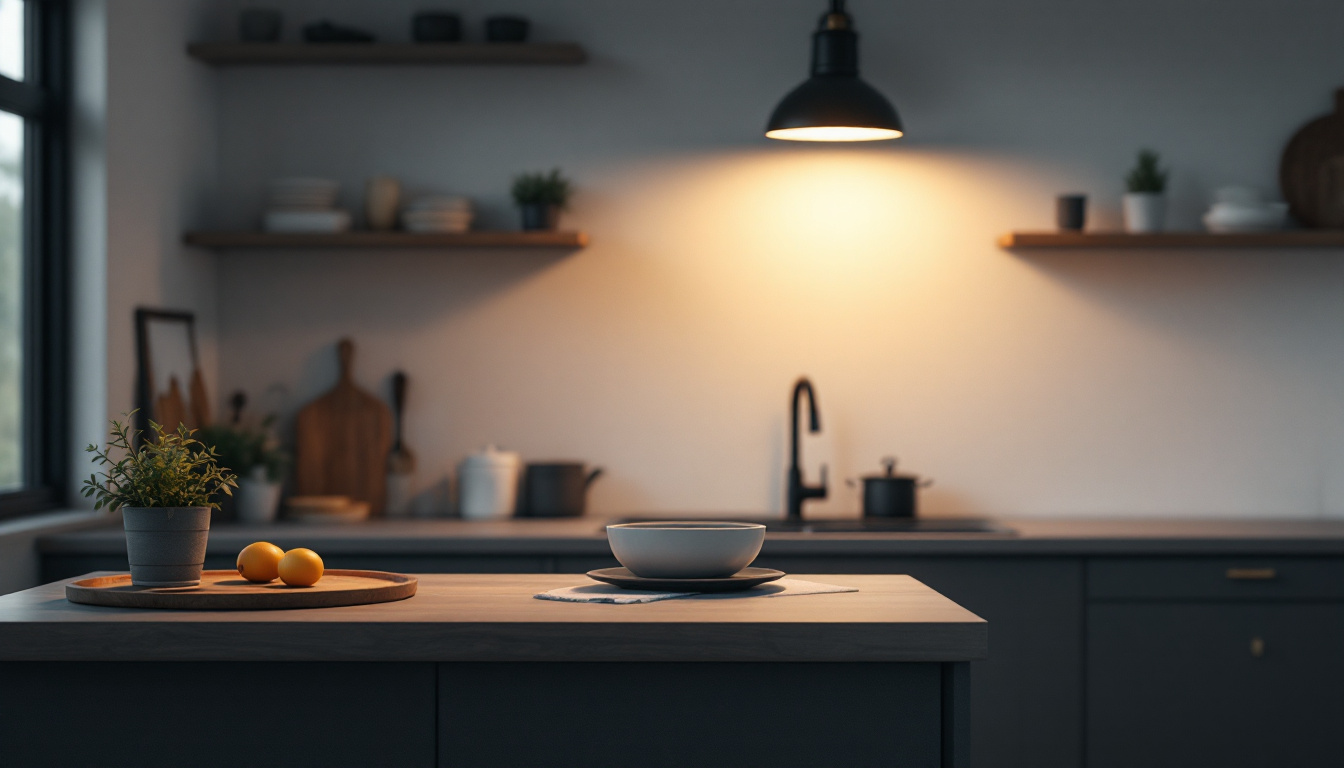

In the realm of outdoor lighting, the use of light boxes has become increasingly popular among contractors and clients alike. These versatile fixtures not only enhance the aesthetic appeal of outdoor spaces but also provide practical solutions for illuminating pathways, signage, and architectural features. However, the installation and maintenance of outdoor light boxes can present various challenges. This article aims to guide lighting contractors on how to navigate common issues associated with outdoor light boxes, ensuring a seamless experience for both professionals and their clients.
Outdoor light boxes are enclosures that house light fixtures, designed to withstand various weather conditions while providing effective illumination. They come in different shapes, sizes, and materials, catering to diverse applications from residential gardens to commercial properties. Understanding the fundamentals of outdoor light boxes is crucial for lighting contractors to ensure proper installation and functionality.
There are several types of outdoor light boxes available, each serving specific purposes. Common types include wall-mounted light boxes, post-mounted fixtures, and recessed lighting options. Wall-mounted light boxes are ideal for illuminating entryways or patios, while post-mounted fixtures are often used along walkways or in gardens. Recessed lighting provides a sleek look and is typically used in decks or ceilings.
Choosing the right type of light box depends on the project requirements, including the desired ambiance, brightness levels, and the specific area to be illuminated. Contractors should assess the environment and client preferences before making a selection. For instance, a homeowner looking to create a cozy atmosphere in their backyard may opt for softer, warmer lighting, while a commercial property might require brighter, more focused illumination for safety and visibility. Additionally, the integration of smart lighting technology in outdoor light boxes is becoming increasingly popular, allowing for programmable settings and remote control, enhancing both convenience and energy efficiency.
The materials used in outdoor light boxes play a significant role in their longevity and performance. Common materials include aluminum, stainless steel, and polycarbonate. Aluminum is lightweight and resistant to corrosion, making it a popular choice for many applications. Stainless steel offers enhanced durability, while polycarbonate is favored for its impact resistance.
Contractors should consider the local climate and environmental factors when selecting materials. For instance, areas prone to high humidity or saltwater exposure may require more robust materials to prevent deterioration over time. Furthermore, the finish of the light box can also influence its durability; powder-coated finishes can provide additional protection against the elements, extending the lifespan of the fixture. In regions with heavy snowfall or ice, light boxes designed with sloped tops can help prevent the accumulation of snow, ensuring that the lights remain functional and visible throughout the winter months. Understanding these nuances can help contractors make informed choices that enhance both the aesthetic appeal and practical functionality of outdoor lighting installations.
Despite their advantages, outdoor light boxes can pose several challenges during installation and maintenance. Understanding these issues can help contractors proactively address them and ensure successful project outcomes.
One of the most significant challenges in installing outdoor light boxes is dealing with electrical connections. Ensuring proper wiring and grounding is essential to prevent electrical hazards. Contractors must adhere to local electrical codes and regulations, which can vary significantly from one region to another.
Moreover, outdoor installations often involve running wires through various surfaces, including concrete and soil, which can lead to complications. To mitigate these issues, contractors should plan the wiring layout carefully and consider using conduit to protect the wiring from moisture and physical damage. Additionally, it is crucial to account for potential future modifications or expansions of the lighting system, as this foresight can save time and resources down the line. Utilizing junction boxes can also facilitate easier access for troubleshooting and repairs, further enhancing the overall efficiency of the installation.
Outdoor light boxes are exposed to the elements, making weather resistance a crucial factor. Contractors must ensure that all components, including seals and gaskets, are adequately installed to prevent water ingress. Over time, wear and tear can compromise these seals, leading to moisture-related issues.
Regular maintenance is vital to prolong the lifespan of outdoor light boxes. This includes checking seals, cleaning lenses, and replacing bulbs as needed. Contractors should educate clients on the importance of routine maintenance to avoid costly repairs in the future. Furthermore, implementing a seasonal maintenance schedule can be beneficial; for instance, inspecting the fixtures before winter can prevent damage from snow and ice accumulation. Providing clients with a checklist of maintenance tasks can empower them to take an active role in preserving their outdoor lighting systems, ensuring they remain functional and visually appealing throughout the year.
Another common issue is achieving the desired light distribution and brightness levels. Poorly designed lighting can create dark spots or overly bright areas, detracting from the overall aesthetic and functionality of the space. Contractors should consider the beam angle and lumen output of the fixtures when planning the layout.
Using a combination of different light box types and placements can help achieve a balanced lighting effect. Additionally, contractors can utilize dimmers or smart lighting systems to provide clients with more control over their outdoor lighting, enhancing both usability and energy efficiency. It is also beneficial to conduct light level tests during the installation phase to assess how the light interacts with surrounding features, such as landscaping or architectural elements. This hands-on approach allows contractors to make real-time adjustments, ensuring that the final result not only meets the client’s expectations but also enhances the safety and ambiance of the outdoor space.
To avoid common pitfalls, lighting contractors should adhere to best practices during the installation of outdoor light boxes. Following these guidelines can lead to more efficient processes and higher client satisfaction.
A thorough site assessment is the foundation of a successful outdoor lighting project. Contractors should evaluate the landscape, existing structures, and client preferences to develop a comprehensive lighting plan. This assessment should include identifying potential obstacles, such as trees or buildings that may obstruct light distribution.
Creating a detailed plan that outlines the placement of each light box, wiring routes, and power sources will streamline the installation process. Additionally, involving clients in the planning stage can help ensure that their vision aligns with the final outcome. It’s also beneficial to consider the seasonal changes in the area; for instance, how foliage may grow or how shadows may shift throughout the year can impact the effectiveness of the lighting. By anticipating these changes, contractors can design a system that remains functional and aesthetically pleasing year-round.
Using the correct installation techniques is crucial for the longevity and performance of outdoor light boxes. Contractors should follow manufacturer guidelines for mounting and securing fixtures, ensuring they are level and stable. Additionally, using appropriate fasteners and anchors can prevent issues related to wind or weather.
When working with electrical components, it is essential to double-check all connections and ensure that they are secure and insulated. This attention to detail can significantly reduce the risk of electrical failures or hazards. Moreover, contractors should consider the use of weather-resistant materials and coatings to protect fixtures from corrosion and wear over time. Implementing these practices not only enhances durability but also minimizes maintenance needs, ultimately leading to a more reliable lighting solution for clients.
After installation, testing the outdoor light boxes is a critical step that should not be overlooked. Contractors should verify that each fixture operates correctly, checking for any flickering or inconsistent brightness. Adjustments may be necessary to optimize light distribution and ensure that the desired ambiance is achieved.
Encouraging clients to participate in the testing phase can also provide valuable feedback and foster a sense of ownership over the project. This collaborative approach can lead to a more satisfying outcome for both parties. Additionally, contractors should document the testing results, noting any adjustments made and the reasons behind them. This record can serve as a useful reference for future maintenance or upgrades, ensuring that the lighting system continues to meet the client’s needs effectively over time. Furthermore, providing clients with a brief tutorial on how to operate any timers or smart controls can enhance their experience and empower them to manage their outdoor lighting with confidence.
Effective communication with clients is essential for a successful outdoor lighting project. Lighting contractors should prioritize transparency and education throughout the process, ensuring clients are informed and engaged.
From the outset, it is vital to set realistic expectations regarding the project timeline, costs, and potential challenges. Providing clients with a clear understanding of what to expect can help prevent misunderstandings and dissatisfaction later on.
Discussing the benefits and limitations of different outdoor light boxes can also empower clients to make informed decisions. By presenting various options and their implications, contractors can guide clients toward solutions that best fit their needs and budget.
Once the project is complete, contractors should take the time to educate clients on the maintenance requirements of their outdoor light boxes. Providing a maintenance schedule and tips for care can help clients understand the importance of upkeep in prolonging the life of their lighting systems.
Offering ongoing support or maintenance services can also enhance client relationships and foster loyalty. Clients who feel supported are more likely to return for future projects or recommend the contractor to others.
Outdoor light boxes are an invaluable asset for lighting contractors, offering a wide range of applications and benefits. However, navigating the challenges associated with their installation and maintenance requires careful planning, attention to detail, and effective communication with clients. By understanding the common issues and adhering to best practices, contractors can ensure successful projects that meet client expectations and enhance outdoor spaces.
Ultimately, the key to avoiding issues with outdoor light boxes lies in preparation, education, and a commitment to quality workmanship. By prioritizing these elements, lighting contractors can build a reputation for excellence and reliability in the competitive outdoor lighting market.
Ready to elevate your outdoor lighting projects with the highest quality fixtures at unbeatable prices? Look no further than LumenWholesale, where we provide spec-grade lighting products designed to meet the rigorous demands of any outdoor space. Say goodbye to inflated markups and hello to superior lighting solutions that fit your budget. With our hassle-free bulk buying and free shipping, you can trust that you’re getting the best value without any hidden fees. Enhance your professional lighting installations with the perfect blend of quality, affordability, and convenience. Discover the difference at LumenWholesale – Wholesale Lighting at the Best Value.

Discover why purchasing LED magnetic strip retrofit kits in bulk from local distributors might not be your best choice.

Discover the essentials of solar-powered LED lighting for contractors.

Discover essential insights for lighting contractors on selecting and installing post lights outdoors.

Discover the must-have essentials for lighting contractors working with industrial lamp kitchens.
Get notified when NEW deals are released.
Optimize your budget with wholesale discounts.
Only top-quality, specification-grade lighting products.
No additional costs at checkout - what you see is what you pay.
We understand the unique needs of contractors.